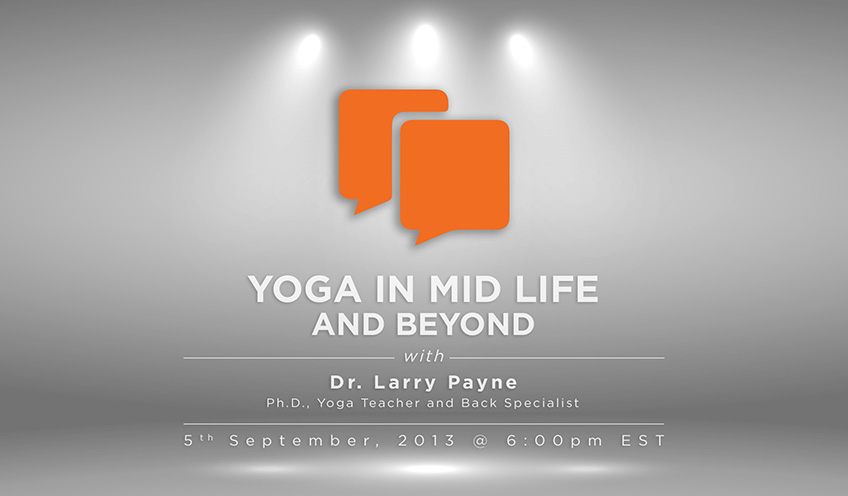
Hear Talk Audio
Dr. Larry Payne Discusses Yoga in Mid Life and Beyond
Dr. Larry Payne discusses importance of Yoga in Mid Life and Beyond. On the panel we have Dashama, Micheline Toussaint, Char Grossman and Marcela Clavijo.
buy fildena online https://viagra4pleasurerx.com/buy-fildena.html no prescription pharmacy
buy robaxin online https://www.islington-chiropractic.co.uk/wp-content/uploads/2025/03/jpg/robaxin.html no prescription pharmacy


